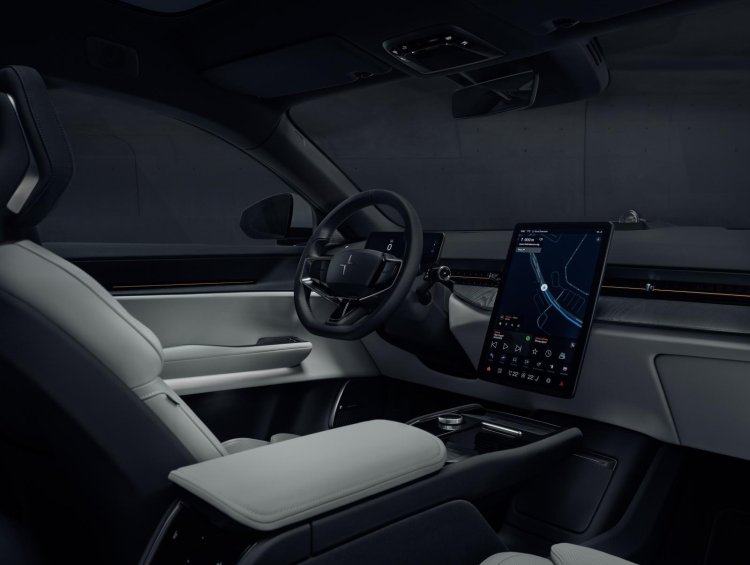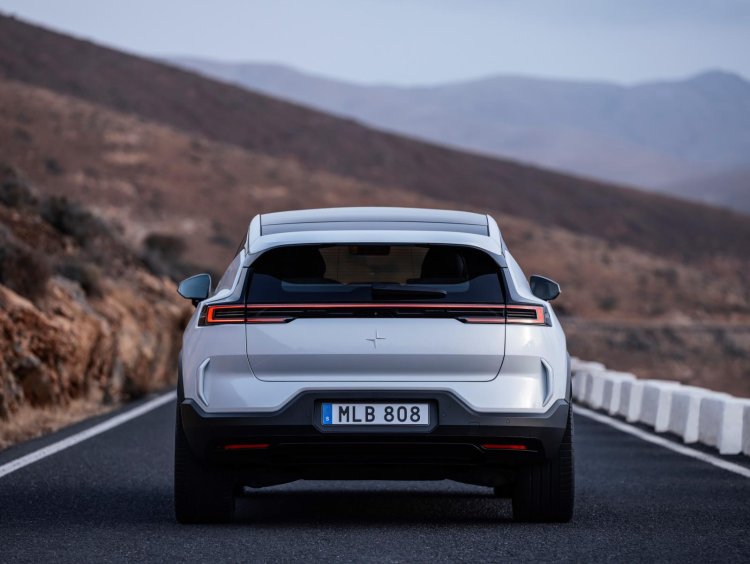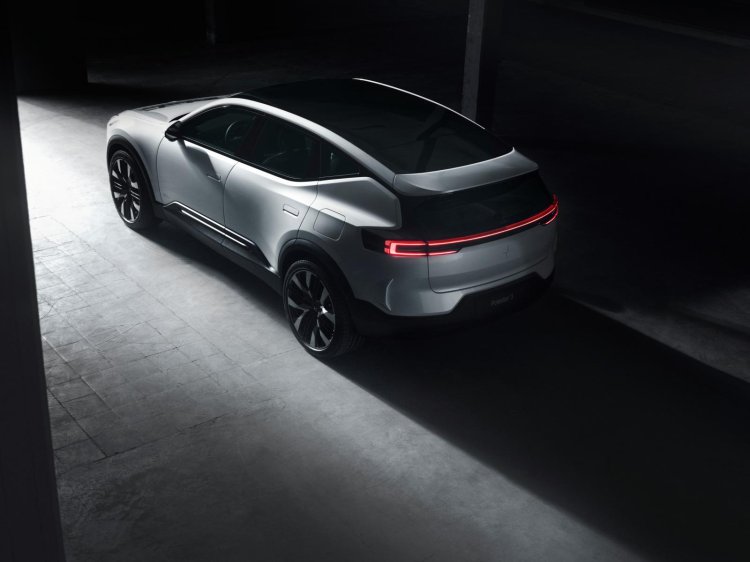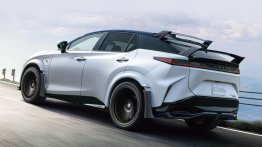Polestar officially reveals the Polestar 3 electric performance SUV. Scandinavian minimalism and purity work together with the key ingredients of a sport utility vehicle, defining the SUV for the electric age. Polestar 3 makes the SUV not only more relevant and responsible, but also desirable for all the right reasons.
Polestar 3 premieres a new aerodynamic profile where strong focus has been placed on retaining the hallmarks of an SUV, including a powerful and wide stance. This has been led by subtle yet effective aerodynamic optimisation – including a front aero wing integrated into the bonnet, an aero wing integrated into the rear spoiler, and rear aero blades.
Materials used inside Polestar 3 have been selected for their sustainability credentials, while raising premium aesthetics and luxury tactility. These include bio-attributed MicroTech, animal welfare-certified leather and fully traceable wool upholsteries. In line with Polestar’s commitment to transparency, a complete life-cycle assessment (LCA) will be completed on Polestar 3 when production begins. Subsequent assessments will follow through its life cycle and work will continue to constantly find ways of reducing its carbon footprint.
Polestar 3 is the first car from Polestar to feature centralised computing with the NVIDIA DRIVE core computer, running software from Volvo Cars. Serving as the AI brain, NVIDIA’s high-performance automotive platform processes data from the car’s multiple sensors and cameras to enable advanced driver-assistance safety features and driver monitoring.
As standard, Polestar 3 features a total of five radar modules, five external cameras and twelve external ultrasonic sensors to support numerous advanced safety features. The SmartZone below the front aero wing collects several of the forward-facing sensors, a heated radar module and camera, and now becomes a signature of Polestar design. Inside, two closed-loop driver monitoring cameras bring leading eye tracking technology from Smart Eye to a Polestar for the first time, geared towards safer driving. The cameras monitor the driver’s eyes and can trigger warning messages, sounds and even an emergency stop function when detecting a distracted, drowsy or disconnected driver.
Polestar 3 launches with a dual-motor configuration and a power bias towards the rear. The standard car produces a total of 360 kW and 840 Nm of torque. With the optional Performance Pack, total output is 380 kW and 910 Nm. Adjustable one-pedal drive is included, as well as an electric Torque Vectoring Dual Clutch function on the rear axle – an evolution of what was first developed for Polestar 1. A decoupling function is also available for the rear electric motor, allowing the car to run only on the front electric motor to save energy under certain circumstances.
A 111 kWh battery pack provides Polestar 3 with generous driving range of up to 610 km WLTP (preliminary). The lithium-ion battery features a prismatic cell design housed in a protective aluminium case with boron steel reinforcement and liquid cooling. A heat pump is included as standard, helping Polestar 3 utilise ambient heat for climate- and battery preconditioning. Polestar 3 is also equipped for bidirectional charging, enabling future potential for vehicle-to-grid and plug-and-charge capabilities.
As with Polestar 2, the list of standard equipment in Polestar 3 is extensive, with few options for easy configuration and simplified production logistics. All versions include air suspension, a full-length panoramic glass roof, all-LED lighting inside and out, retractable door handles with proximity sensing, and 21-inch alloy wheels. The Plus Pack and Pilot Pack are fitted as standard for the first model year and include a raft of premium, luxury and convenience features like a 25-speaker audio system from Bowers & Wilkins with 3D surround sound and Dolby Atmos capability, soft-closing doors, a head-up display and Pilot Assist.
















